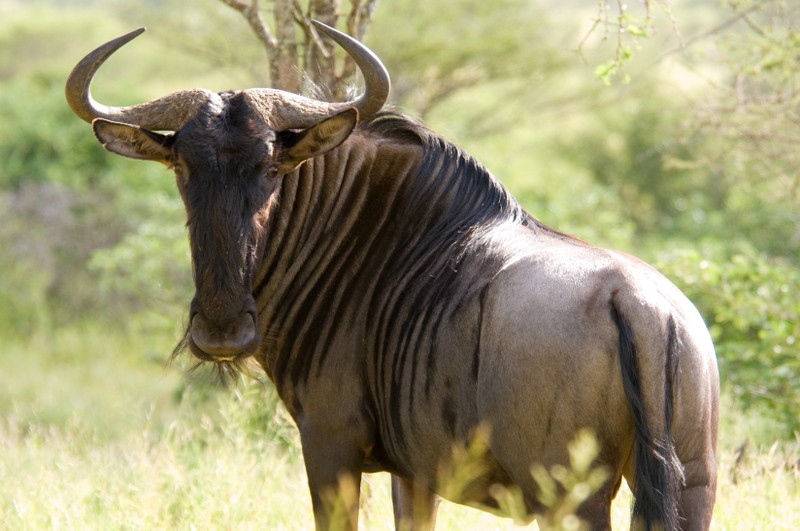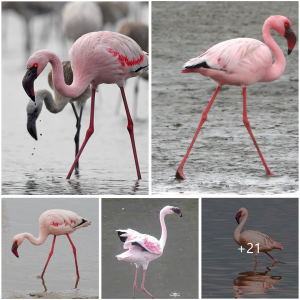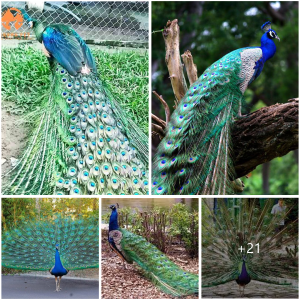
The Elegance and Majesty of the Blue Wildebeest
In the expansive plains of Africa, amidst the rhythmic sway of grasses and the distant call of predators, roams a creature that epitomizes the essence of the savannah – the Blue Wildebeest. With its distinctive appearance and fascinating behavior, this iconic antelope species holds a special place in the heart of the African wilderness.
Majestic Appearance: The Blue Wildebeest, scientifically known as Connochaetes taurinus, is characterized by its robust build, slate-blue coat, and distinctive curved horns. Standing tall and proud, these magnificent creatures exude an aura of strength and resilience, perfectly adapted to thrive in their vast grassland habitat.
Great Migrations: One of the most awe-inspiring phenomena associated with the Blue Wildebeest is its annual migration. In search of greener pastures and water sources, vast herds numbering in the thousands traverse hundreds of kilometers across the African plains, creating a spectacle of epic proportions. This mass movement not only ensures the survival of the species but also plays a crucial role in shaping the dynamics of the ecosystem.
Social Dynamics: Within the herds, Blue Wildebeests exhibit complex social structures. They form cohesive groups led by dominant males, who fiercely defend their territories and mating rights. During the breeding season, males engage in dramatic displays of dominance, clashing horns and engaging in fierce battles to establish supremacy and secure mates.
Ecological Importance: As herbivores, Blue Wildebeests play a vital role in shaping their environment. Through grazing and trampling, they help maintain the health and diversity of grasslands, preventing the encroachment of woody vegetation and creating habitats for other species. Additionally, their carcasses provide sustenance for scavengers, completing the cycle of life in the African savannah.
Conservation Challenges: Despite their resilience, Blue Wildebeests face numerous threats to their survival, including habitat loss, poaching, and conflicts with humans. Conservation efforts aimed at protecting their natural habitats, curbing illegal hunting, and promoting coexistence with local communities are essential for ensuring the long-term viability of these majestic creatures.
Conclusion: In the timeless drama of the African wilderness, the Blue Wildebeest emerges as a symbol of strength, resilience, and natural beauty. Through its majestic presence and awe-inspiring migrations, it captures the imagination of all who behold it, reminding us of the delicate balance of life in the savannah and the importance of safeguarding its treasures for future generations.








